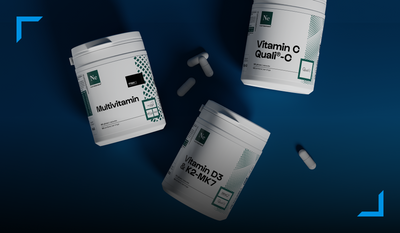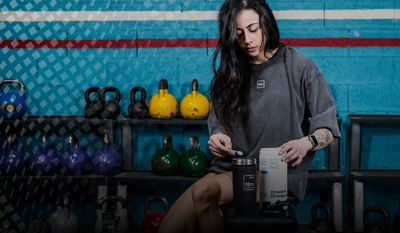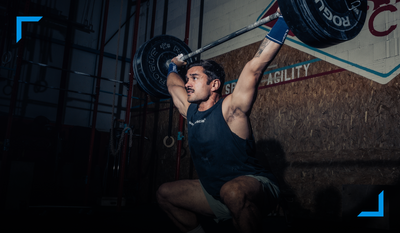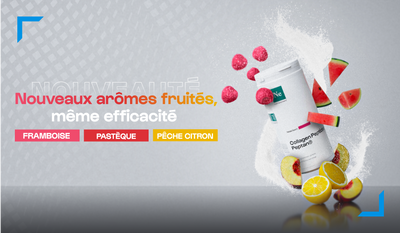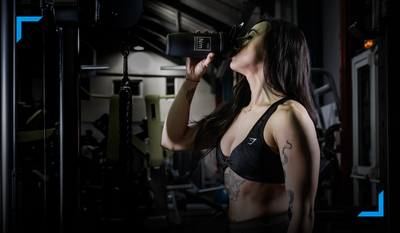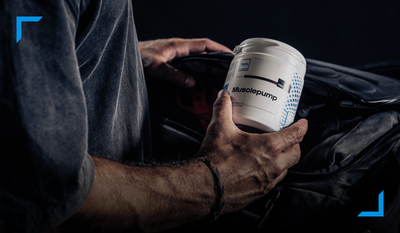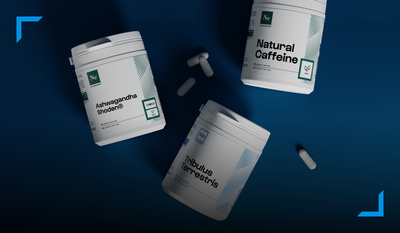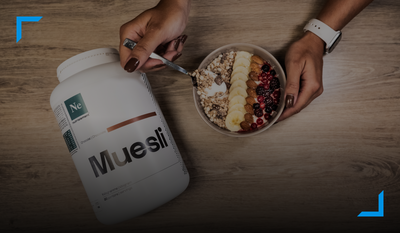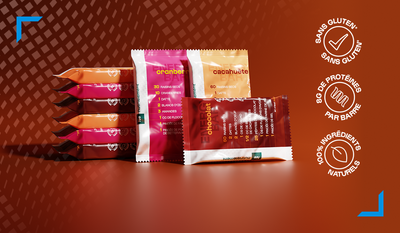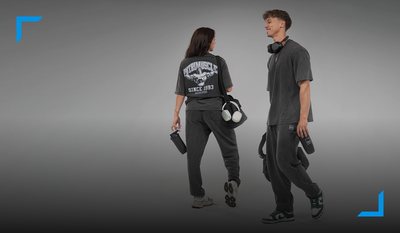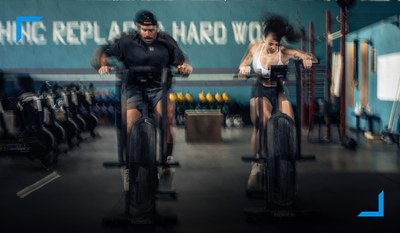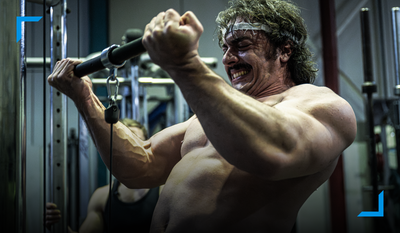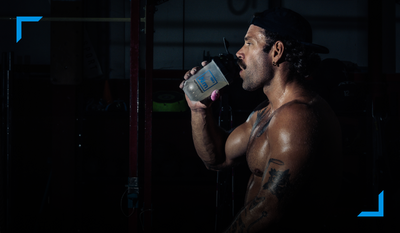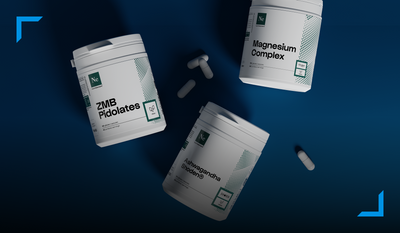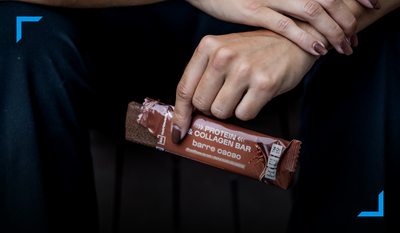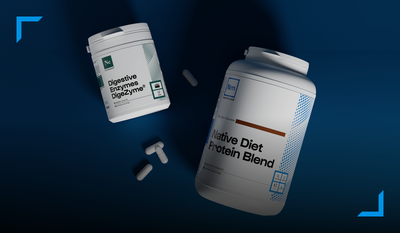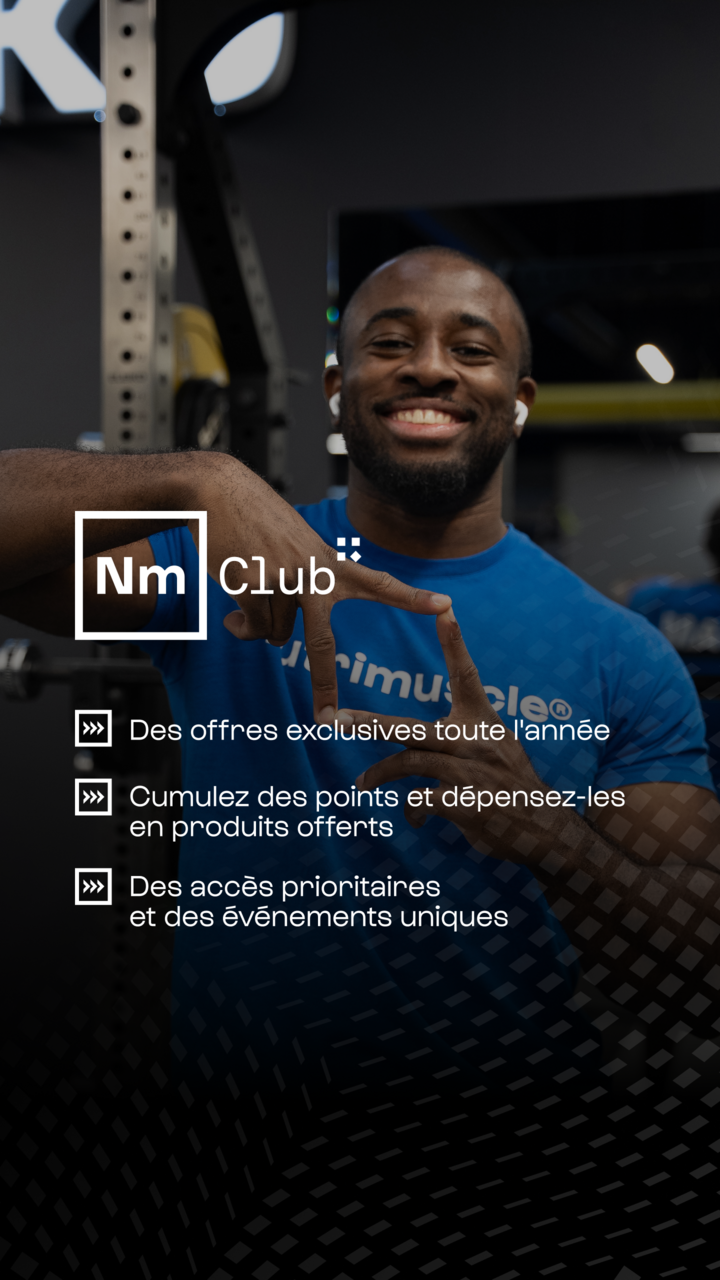0 commentaires
When practicing a sports activity, whether you are a beginner or an expert, it is important to take care of your joints. Indeed, severe negligence can weaken or even injure the joints.
Contents :
-
Why do you need to take care of your joints?
-
The different parts of the joints that must be protected
-
Joint wear over time and sport
-
What are the best supplements to prevent and relieve injuries?
Why do you need to take care of your joints?
Engines of our body structure, the joints actively participate in the mechanics of all the movements we perform. Without them, it would be impossible for us to move, play sports or even go shopping. Very often, in high-intensity sports, the care of the muscles is privileged, to the detriment of the joints and tendons. However, taking care of your joints is essential in order to continue to perform in good conditions and above all, without risk of injury.
The different parts of the joints that must be protected:
Cartilage : Cartilage or articular cartilage is the connective tissue that covers the ends of the bones at the joints. It allows the sliding of the bone surfaces. Cartilage is made up of chondrocytes, glycosaminoglycans and collagen.
Synovial joint : The synovial joint is located inside the joint and is held together by ligaments. It is united by an articular capsule delimited by a cavity. This same cavity contains a lubricating and viscous substance: synovial fluid. This liquid nourishes the cartilage and thus softens and promotes mobility.
Ligament and tendon : Ligaments and tendons are both made up of collagen fibers. Ligaments are located in the bones and help join one bone to another. While tendons are found in the ends of skeletal muscles and help connect a skeletal muscle to a bone. They both play an important role in the flexibility of the body and help promote movement.
Joint wear over time and sport
It is often said that with time and age one ends up getting "rusty", an expression which designates the fact of losing the flexibility of one's body, mainly due to lack of activity. As the body ages, joint wear and tear is inevitable and some pain may become permanent. When you are young or do not suffer from joint pain, any type of sport is beneficial.
But sometimes, the activity itself can be unfavorable to our body structure and our joints in general. For example, overloading and carrying weight repeatedly and for a long time increases the risk of painful and/or traumatic episodes over time.
In addition, wear of the articular cartilage leads to very slow and painful healing and sometimes requires a collagen supply.
What are the best supplements to prevent and relieve injuries?
With the intake of suitable supplements, certain injuries and/or traumas can be avoided. For this, Nutrimuscle has selected for you the most effective ones according to your needs and your sporting activity.
Collagen
Collagen has always been known for its "anti-aging" properties. Indeed, it is renowned for preserving the youthfulness of the skin and guaranteeing its firmness and suppleness. But not only.
As part of a sporting activity, the intake of Collagen can be beneficial in the relief and healing of certain injuries to the cartilage and the joint area in general. Indeed, collagen is a natural protein that provides strength and elasticity to joints, muscles, and tendons. It allows the proper functioning of the musculoskeletal system in general. Peptan Collagen is a collagen hydrolyzate, manufactured to aid in the absorption and digestion of amino acids. In addition, this type of collagen is widely used against osteoarthritis (1-2-3-4-5).
In running, the risk of tendonitis is high because the same joints are stressed over long periods. Very painful, and longer than muscle recovery (6), recovery after tendinitis can be relieved by the supply of type I collagen peptide . The latter will help accelerate tendon anabolism, and thus avoid the risk of recurrence.
Glucosamine (N-Acetylglucosamine)
According to studies, of all glucosamines, only N-Acetylglucosamine is able to accelerate anabolism and cartilage regeneration by 40% (7-8-9). It is therefore an important molecule in joint recovery (10-11-12). Like Collagen, it is used in particular to relieve osteoarthritis.
Naturally produced by our body, glucosamine is called upon especially during major and intense efforts such as weightlifting, strength sports and fast running. In addition, it is a supplement increasingly used by fitness practitioners, a sport that puts more pressure on the joints and therefore risks wearing them out more quickly.
Chondroitin sulphate
Chondroitin or chondroitin sulfate is an essential component of joint cartilage, tendons and skin. Just like Glucosamine, with which it works effectively, it is naturally produced by the body. In particular, it helps to hydrate the cartilage and thus contributes to the flexibility and elasticity of the bone. In addition, by promoting the production of hyaluronic acid, chondroitin sulfate also helps promote muscle growth.
For athletes, the supply of chondroitin sulphate is essential for its fight against the degradation of cartilage cells and its naturally anti-inflammatory action which dampens shocks and increases mechanical resistance, essential during combat sports for example.
Glycine is a non-essential amino acid ubiquitous in the collagen of muscles, tendons, ligaments and skin. This is why it is highly prized in the fitness world. According to one study, glycine deficiencies were associated with a greater risk of injury (16).
In addition, glycine combined with glucose, mitigates the rise in blood sugar level and has an impact on blood sugar, insulin and diabetes.
Our advice of other products:
Joint Nutrimix is the most complete joint mix thanks to the synergy of several active ingredients: Peptan type I and IIm collagen peptides, Glucosamine, Chondroitin sulfate and Vitamin C which comes as a reinforcement to improve the assimilation of collagen .
The Glucosamine + Chondroitin Mix
Glucosamine and chondroitin act in different and complementary ways on the joints. There is a synergy between these two joint protectors; which explains why it is preferable to use them together rather than separately (13-14-15).
Glucosamine and Chondroitin supplementation is very important for an athlete who trains regularly. Indeed, these two active ingredients allow better lubrication of the tendons and better prevention of injuries related to intense and frequent efforts (acute pain, tendon pain, knee problems).
The Super Collagen Mix is the ideal mix that combines the two types of collagen peptide Peptan I and IIm in order to provide complete and optimal joint and tendon protection. Type I Peptan provides overall tendon and joint protection while Type IIm Peptan specifically targets joints and knees. These two types of collagen act synergistically, so their effects are mutually reinforcing.
(1) Seeligmuller, K. Dem Knorpel auf die Sprunge helfen. Therapiewoche (1993) 43: 1810–1813.
(2) Barnett, ML Treatment of rheumatoid arthritis with oral type II collagen. Arthritis & Rheumatism (1998) 41: 290–297.
(3) Trentham, DEEffects of oral administration of type II collagen on rheumatoid arthritis. Science (1993) 261: 1727–1730.
(4) Kalden, JR Oral collagen in the treatment of rheumatoid arthritis. Arthritis & Rheumatism (1998) 41: 191–194.
(5) Bello AE. Collagen hydrolyzate for the treatment of osteoarthritis and other joint disorders: a review of the literature. Current Medical Research and Opinion, 2006, Vol. 22, No. 11: Pages 2221-2232
(6) Miller BF. Coordinated collagen and muscle protein synthesis in human patella tendon and quadriceps muscle after exercise. J Physiol 567.3 (2005) pp 1021–1033 1021
(7) Uitterlinden EJ. Glucosamine reduces anabolic as well as catabolic processes in bovine chondrocytes cultured in alginate. Osteoarthritis Cartilage. 2007 Nov;15(11):1267-74.
(8) Shikhman A R. Chondroprotective activity of N-acetylglucosamine in rabbits with experimental osteoarthritis. Ann Rheum Dis 2005;64:89-94
(9) GREVENSTEIN J. Cartilage changes in rats induced by papain and the influence of treatment with N-acetylglucosamine. Acta orthopaedica belgica 1991, vol. 57, no2, pp. 157-161
(10) MP Talent. Pilot study of oral polymeric N-acetyl-D-glucosamine as a potential treatment for patients with osteoarthritis. Clin Ther. 1996 Nov-Dec;18(6):1184-90.
(11) Tamai Y. Enhanced healing of cartilage injuries by N-acetyl-d-glucosamine and glucuronic acid. Carbohydrate Polymers Volume 54, Issue 2, 1 November 2003, Pages 251–262
(12) Serpi M. Novel phosphoramidate prodrugs of N-acetyl-(D)-glucosamine with antidegenerative activity on bovine and human cartilage explants. J Med Chem. 2012 May 24;55(10):4629-39.
(13) ZhangYX. Effects of chondroitin sulfate and glucosamine in adult patients with Kaschin-Beck disease. Clin Rheumatol. 2010 Apr;29(4):357-62.
(14) Tat SK. Chondroitin and glucosamine sulfate in combination decrease the pro-resorptive properties of human osteoarthritis subchondral bone osteoblasts: a basic science study. Arthritis Res Ther. 2007;9(6):R117.
(15) Lippiello L. Collagen Synthesis in tenocytes, ligament cells and chondrocytes exposed to a combination of Glucosamine HCl and chondroitin sulfate. Evid Based Complement Alternate Med. 2007 Jun;4(2):219-24.
(16) van den Baar MT. Plasma amino acids and sports injuries. Amino Acids. 2004 Feb;26(1):71-6.




